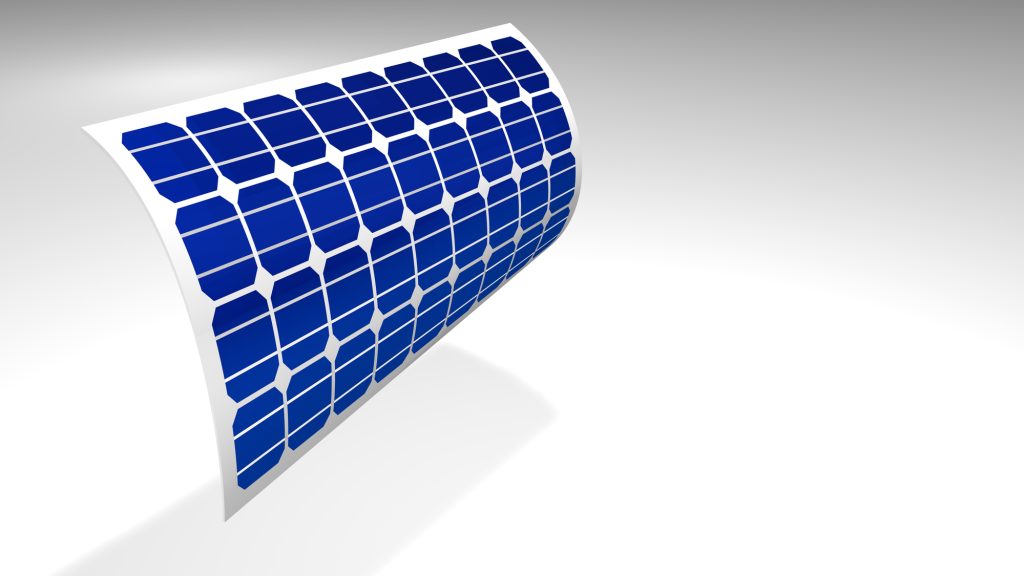New advances in the efficiency of silicon thin solar cells
(Sustainabilityenvironment.com) – Thin solar cells are the right alternative to bring photovoltaics where traditional cells can not get. Thanks to lightness, reduced thickness and flexibility, they lend themselves, in fact, to greater integration. And since they employ more than 90% fewer semiconductors, they also offer advantages for the portfolio. On the other hand, their reduced thickness reduces efficiency. In fact thin film solar cells can absorb only 25% of the light that passes through them.
To solve the problem and increase the efficiency of the technology, a group of scientists created a special photon trap. The work, conducted by Danish institute AMOLF, Surrey University and Imperial College (both in England), has led to the creation of a new rationally designed nanostructure. This structure traps the light inside the thin film giving the semiconductor greater ability to absorb photons.
Researchers have designed their nanopatterns based on an organization of matter that is often found in nature. From the order of the universe to the distribution of photoreceptors in the eyes of birds: disordered hyperuniform texture. The team showed that there is not a single solution. But rather a whole family of hyperuniform models that offer high design flexibility without compromising optical performance.
Laboratory tests have shown that nanostructured thin silicon (often 1 μm) solar cells can absorb 65% of the sunlight. Value very close to the theoretical final absorption limit of about 70%. Highest ever reached for units so thin. “Based on the high light trapping performance of our models – explains Esther Alarcon Llado, head of the AMOLF group – we estimate that PV efficiencies above 20% could be achieved for a 1 μm-thick c-Si cell, which represents a breakthrough toward flexible, lightweight c-Si PV”.

